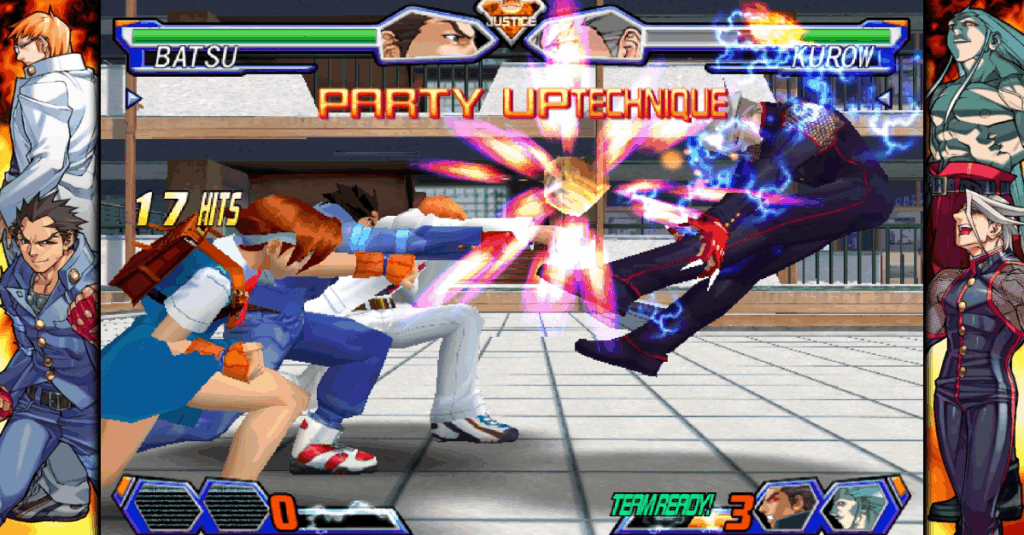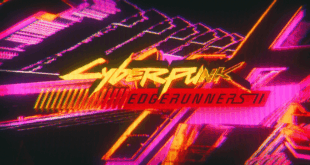
At this point, there are more than enough ways to play Street Fighter II. But Project Justice and Plasma Sword? Well, those are something entirely different, and much harder to find. And Capcom has made the smart decision to continue to make some of its more obscure fighters the focal point of its growing library of retro collections.
While it’s called Capcom Fighting Collection 2, the latest release is actually the third in the series from Capcom. The first, in 2022, focused on 2D games like Darkstalkers, Cyberbots, and, yes, SFII. That was followed by the long-awaited collection of Marvel vs. Capcom releases. The latest collection isn’t quite as focused, but instead covers eight Capcom fighters released between 1998 and 2004, spanning arcades and consoles like the Dreamcast.
Mostly these games are divided into two categories. There are a bunch of 2D crossover releases that mash up characters from different franchises. That includes two SNK vs. Capcom games — Millennium Fight 2000 Pro and Mark of the Millennium 2001 — along with Capcom Fighting Evolution, which brought together characters from Street Fighter, Darkstalkers, and Red Earth. If nothing else, Fighting Evolution is notable for being a game where Ryu can fight a dinosaur.
Rounding out this half is Street Fighter Alpha 3 Upper, which isn’t a crossover, but is an excellent 2D fighter. In fact, all of these are. They’re slick and polished, filled with incredible animation and character designs, and lots of interesting mechanics based around teams and power-ups. These are games that largely came out as interest in 2D fighters seemed to be dwindling, and Capcom was throwing everything it could at keeping the genre appealing. Because of this, they’re some of the most over-the-top examples of a fighting game.
Perhaps more interesting, though, is the quartet of 3D fighters included in the collection, which were all early attempts at exploring the genre in a new dimension. They’re all pretty different because of it. Power Stone and its sequel were particularly ambitious, with their large, interactive levels that players could run around, collecting items and power-ups as they fought. The other two are somewhat more straightforward but with their own twists: Plasma Sword: Nightmare of Bilstein is built around weapons-based combat, while Project Justice puts you in control of various fighting teams as you punch your way through a surprisingly deep storyline about rival schools.
These games haven’t aged as well as their 2D counterparts. The controls can be a little fiddly, and the action is often slower, with floaty physics. But they still stand up, even to someone like me who never played them originally. More importantly, though, they’re finally available for a wide audience to play. Despite being a cult classic, the most recent port of Power Stone came out on the PlayStation Portable in 2006. This collection is long overdue for most of these games.
Aside from the games themselves, which are available in both their English and Japanese incarnations, Capcom Fighting Collection 2 has the usual assortment of add-ons, like online support, a music player, and a collection of associated art. It’s not as robust as, say, a Digital Eclipse release like Tetris Forever or Atari 50. But Capcom’s new collection nails the important thing: it’s eight classic games that all play great, showcase an interesting evolution of the genre, and are finally available for modern players.
Capcom Fighting Collection 2 is available now on the Switch, PS4, Xbox One, and PC.
 Latest World Breaking News Online News Portal
Latest World Breaking News Online News Portal






